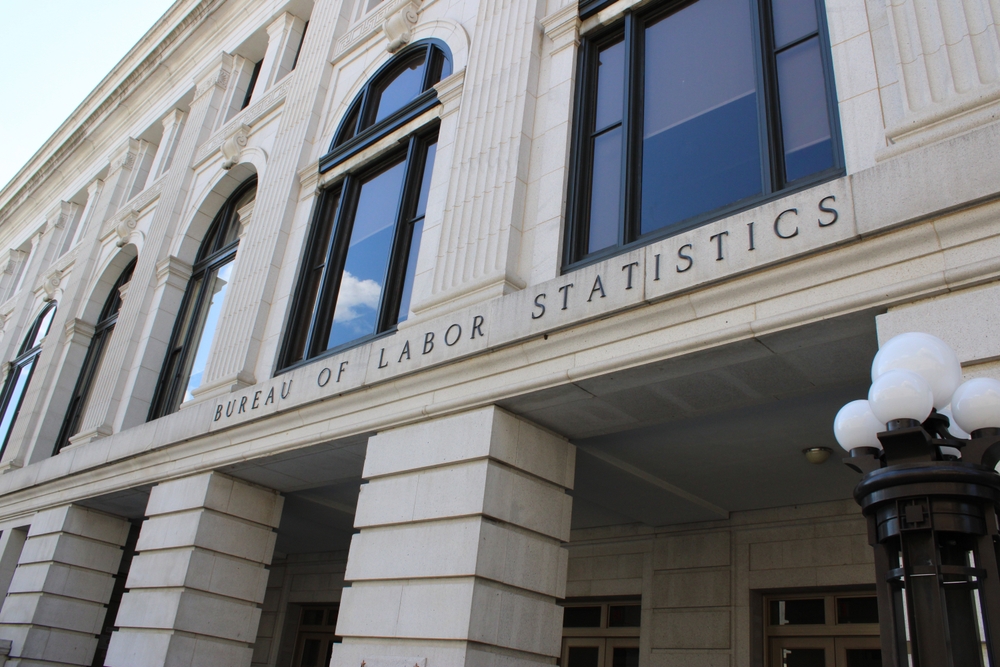
The U.S. Bureau of Labor Statistics released its February jobs report Friday morning, and while headline numbers stole the spotlight, Wall Street is pointing to an overlooked metric that could reveal deeper economic trends.
“One data point that doesn't draw as much attention in jobs reports is average hours worked, but that could hint at whether the economy is truly slowing,” Charles Schwab noted in an update Thursday.
A decline in hours worked could be an early warning sign of broader weakness, as companies cut back on labor needs before resorting to layoffs, bank analysts explained.
The latest Challenger report, released Thursday, showed that U.S. companies laid off 170,000 workers in February—the highest for any month since the COVID-19 pandemic and the worst February since 2009.
The average workweek stood at 34 hours in January, and even a slight decline from that figure could rattle markets, Charles Schwab warned.
No DOGE here—yet
Despite the sharp rise in layoffs, Friday’s official jobs report does not reflect the full impact of federal job cuts under the Department of Government Efficiency (DOGE). Many of those layoffs occurred after the reporting period, Charles Schwab explained.
The Challenger report, which does account for the DOGE cuts, revealed that 62,000 federal employees lost their jobs in February. Meanwhile, estimates from J.P. Morgan and the Associated Press suggest that 75,000 federal workers have already accepted buyout offers.
“It appears the administration wants to cut even more workers, but an order to fire the roughly 200,000 probationary employees was blocked by a federal judge,” the Challenger report stated.
Outside of federal employment, retail and technology were the second- and third-largest sectors for layoffs last month.
What comes next?
More jobs-related data will roll in after Friday’s report, offering further clarity on the U.S. economy. Federal Reserve Chair Jerome Powell is set to deliver a speech at 12:30 p.m. ET Friday, which could provide fresh clues on the Fed’s rate outlook.
“We still believe the Fed will be on hold for the next few meetings, with a rate cut likely coming later this year," said Collin Martin, director of fixed income strategy at Charles Schwab.
Additionally, the January Job Openings and Labor Turnover Survey (JOLTS), due Tuesday, is expected to show a further decline in job openings, signaling cooling labor demand.
Your email address will not be published. Required fields are markedmarked